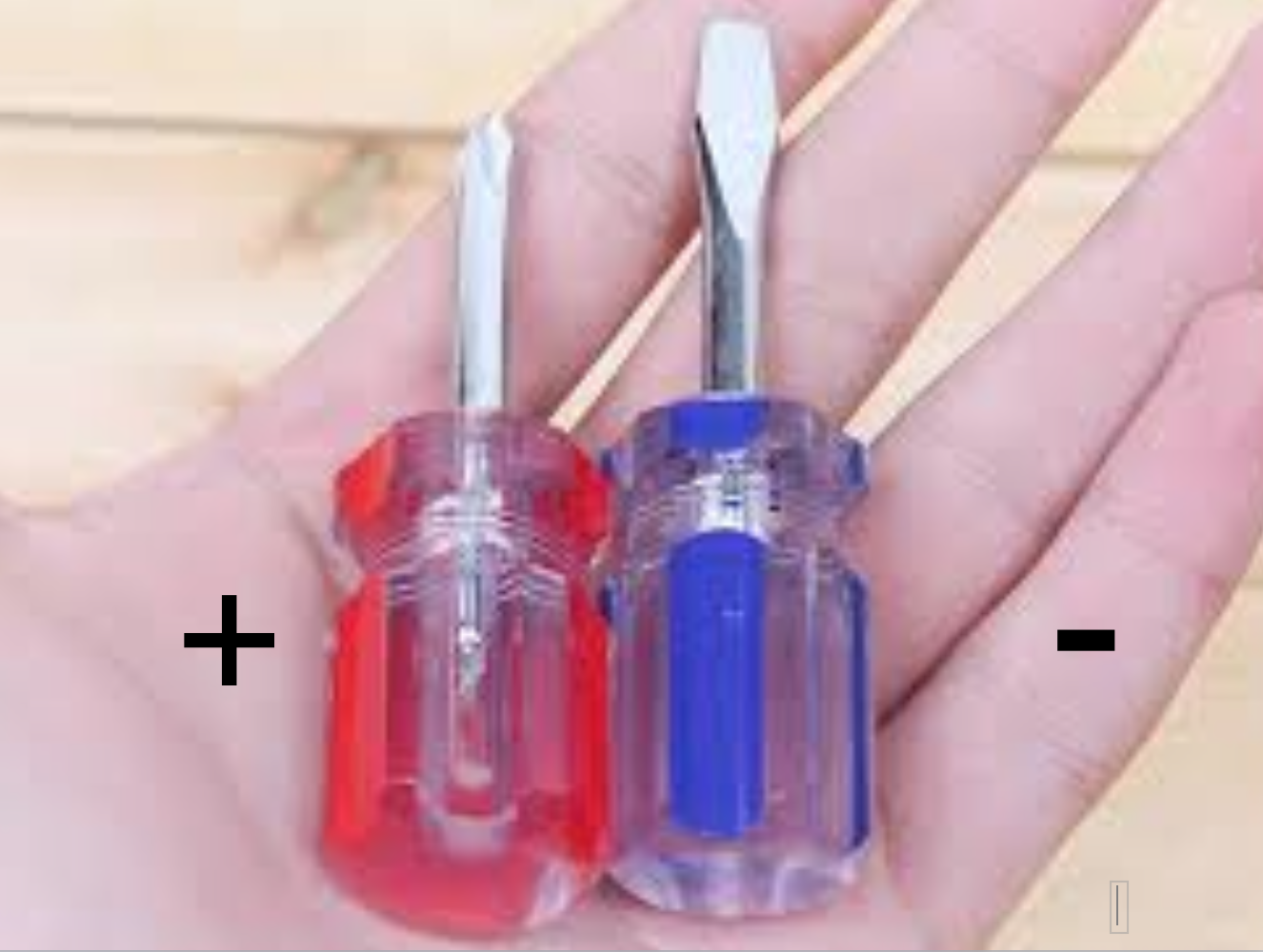Grandpa was in the garage working on building a dollhouse when eight-year-old granddaughter Ella walked in and asked, “Can I help?” “Sure,” he replied. “Why don’t you hand me a screwdriver?” She paused for a moment, her eyes sparkled, and she asked, “Do you want the “plus or minus?” Grandpa got a puzzled look on his face and then broke into a big grin and said, “Oh, I get it – please pass the “Plus” screwdriver!” Ella said, “See, this one looks like the plus sign we use when we are doing addition in school and the other one reminds me of the minus sign we use for subtraction.” Grandpa’s eyes sparkled and he said, “Wow, Ella that’s really fun thinking – from now on that’s what we’ll call the Phillips and Flathead screwdrivers!”
Individual Creativity
Ella’s association of a screwdriver with the mathematical symbols of minus (-) and plus (+) represents an individual level of creative thinking. What’s important to realize is that every time a student, anywhere around the globe, has the same “aha” moment with screwdrivers, they are demonstrating the same individual level of creatively. Perhaps you might wonder if this is a novel or unique way of thinking. You can test it out by asking a group of adults how many have made the plus and minus association with screwdrivers – prepare to be surprised!
Levels of Creativity
As students continue to make creative connections, their individual expressions of creativity will rub off on classmates. Professional group levels of creativity may someday lead to innovations in organizations, countries, and even the world. There is an “exponential potential” in recognizing and finding value in creativity at all levels. Kaufman and Beghetto (2009) formally identify four developmental levels of creativity:
Mini-c: Any time one attempts a new task, a level of creativity is involved. What one creates is not revolutionary, but new and meaningful to them. Example: Your first time sketching a picture. You feel pretty good about it – perhaps feeling some degree of self-satisfaction.
Little-c: Improvements are made in your skill level and content, and the creation may be of some value to others. Example: You share your sketch with others who encourage you through feedback.
Pro-c: The ability to be creative at a professional level. You would have had many years of practice and training. Example: You take classes and enter works in juried shows. Eventually your works hang in galleries and you are recognized by art experts and critics as being creative.
Big-C: You and your body of work are now remembered in history books. Example: Your works hang in famous galleries and are regularly discussed by experts. Decades from now, you will be considered one of the greatest artists of all time.
Creative Response vs. Teachable Moments
Although well intentioned, viewing all interactions as “teachable moments” derails creative exploration. The moment Ella picked up the screwdriver, Grandpa could have said, “Now Ella, we call that a Phillips head screwdriver.” The conversation, the thinking, and the creativity would have ended right there – a sure fire method to weaken the curiosity-creativity link. So, the next time you are about to provide your student with a “correct answer” question, stop and consider asking one of these provocative questions:
-
Would it be possible . . .?
-
Have you explored . . .?
-
What if . . .?
-
How else might . . .?
-
I wonder . . .?
-
Wouldn’t it be funny if . . .?
-
What other . . .?
-
Can you imagine . . .?
Creativity often begins when simple observations meet up with child-like curiosity. This open-mindedness, coupled with a desire to learn more about the world, changes the way children interact with their environment and each other. Encouraging comments like the ones Grandpa shared with Ella nurture and support the development of future “curiosity-creativity links.” Grandpa’s modeling of his own creativity in his “doll-house” workshop will forever be imprinted in Ella’s memories as a fun and engaging moment. And even more importantly, when Ella enters the world of work in 2030, she will have practice using the mindsets and skillsets needed to be creatively productive and successful.
For Your Classroom
The conversations that spin off from the provocative questions mentioned above strengthen the curiosity-creativity link – opening doorways to wonder and exploration. Here’s one you might try with your students. Ask them, “How many ways might you come to school?” Note the word might. What a difference in excitement and engagement levels when the word might is emphasized! It affords the freedom, yes, even the permission, to think creatively. Our favorite response so far – a magic carpet ride!
Let’s Reflect and Remember . . .
-
There are four developmental levels of creativity.
-
Well intentioned “teachable moments” can derail creative exploration.
-
Asking provocative questions can strengthen the “curiosity-creativity link.”
“Discovery (creativity) consists of looking at the same thing as everyone else and thinking something different.”
~ Albert Szent-Gyorgyi
Live, learn, and lead creatively!
Patti and Rick
Originally published in Innovate, Issue 5 March/April 2019

